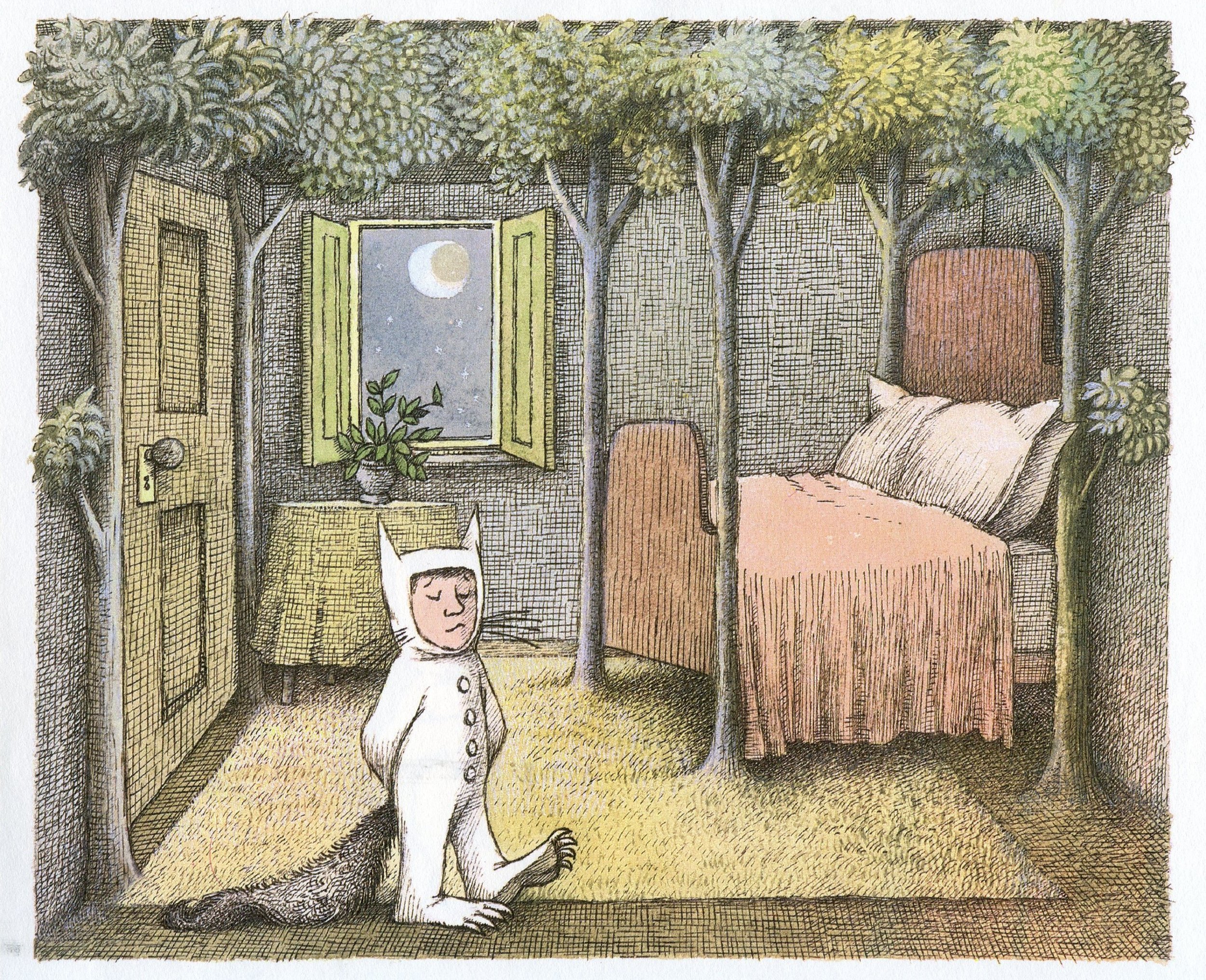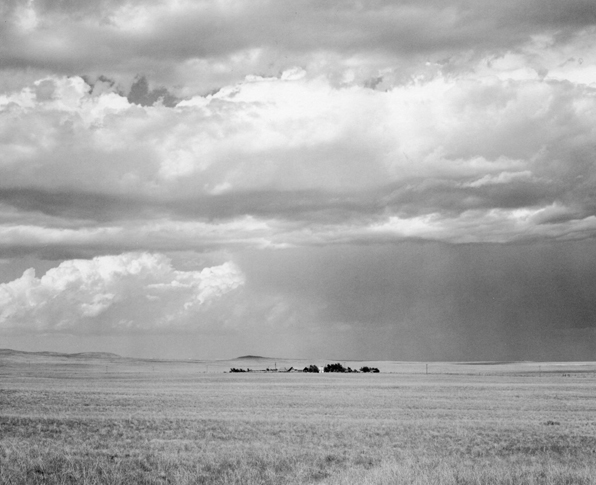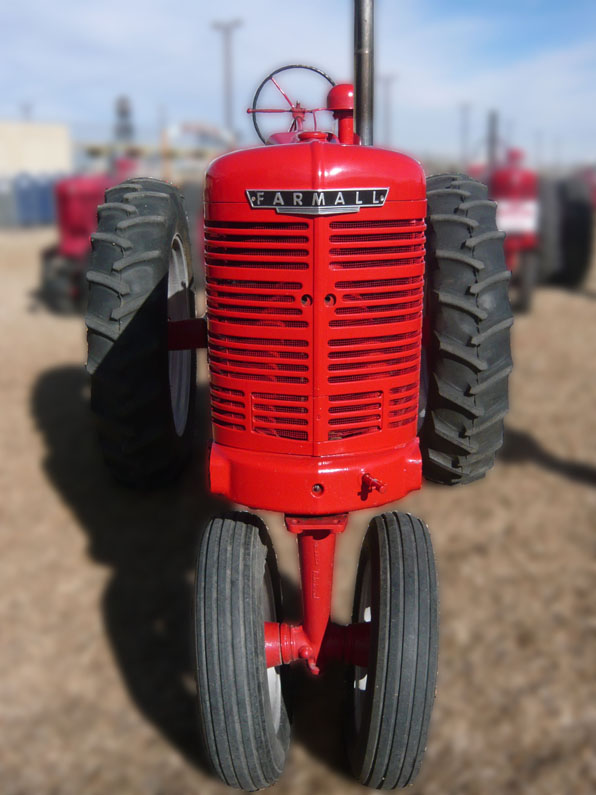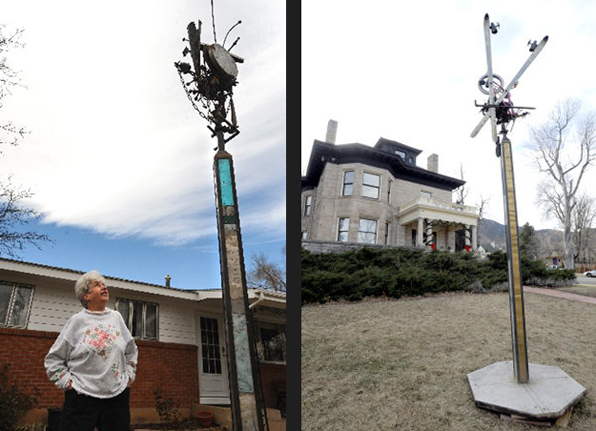Many years ago I lived in Venice for a time. I was an enthusiastic architecture student from the rolling hills of central Kentucky and my arrival in Venice still resonates with me. Not so much the first impression or even the first day or two, but that growing feeling of unease and intrigue upon slowly realizing that I am in a place utterly foreign to me.
My travels in the Third World have been few and brief, and I understand folk's descriptions of those environments and their sense of "foreign-ness" when confronted with those cultures. My fascination with Venice comes not from that kind of cultural displacement, but rather the uncanny feeling of simultaneous comfort and unease that waterborne Venice seeped into me.
I arrived in Venice from land-locked central Kentucky, with its clear blue skies, rolling bluegrass and crisp buildings. The hazy atmospheres of hot and humid Cumberland summer afternoons were temporary and seasonal. When writers describe Venice as the floating city, they don't just mean its position in the middle of the Lagoon and its water courses. Most of my early mornings in Venice were spent wandering around the labyrinthine city through an air thick and redolent with sea. This seemed not so much as fog, as the sea itself, still sleepily gathering itself from a night dispersed in the air.
This ambiguity between sea and sky was all the more strange to me for the lack of land that in my experience defined each of the other. There is no land in Venice, not in the sense of land as I knew it. You may walk on stones or bricks, but this was not the earth. The built environment of Venice was not carved out of the wilderness nor did it exist as an antidote to the agricultural fields that make so much of Kentucky. Venice is built from tiny islands, out of the sea itself, to the point where no notion of those islands exist. It is not of the earth. For me, that was about as foreign as a place could be.


















